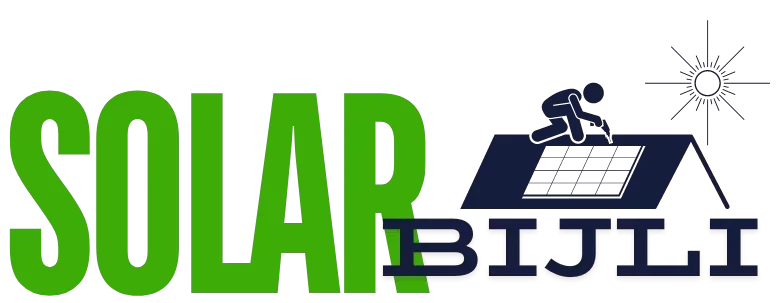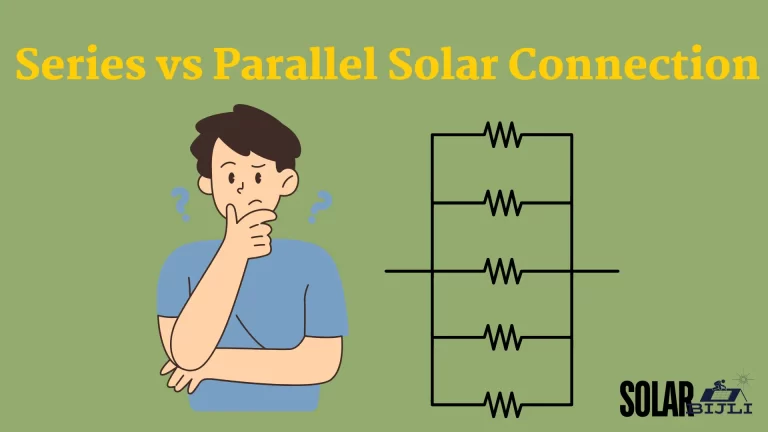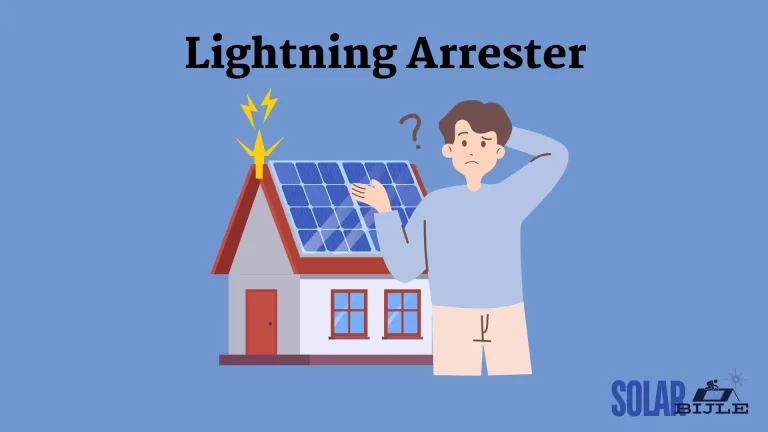Today, we’re going to learn how to protect your solar system by selecting the right wire and fuse . It might sound tricky, but don’t worry, I’ll explain everything in simple terms. Let’s dive in!
Understanding the Basics
First, let’s understand what a fuse and a wire do.
- Wire: A wire carries electricity from one place to another. In a solar system, it connects your solar panels, battery, and appliances.
- Fuse/ Circuit Breaker: A fuse or a circuit breaker (CB) is like a safety switch. It’s a small wire that can handle only a certain amount of electricity. If too much electricity tries to pass through, the fuse heats up and breaks the connection, stopping the flow. This prevents damage to your appliances and wires.
Why Fuses and Wires Are Important
Solar panels and battery can produce a lot of electricity. If too much flows through the wires, it can generate a lot of heat, which might cause a fire. That’s why it’s important to choose the right size of wire and fuse.
Choosing the Right Wire
To choose the right wire, you need to know two things:
- Distance: How far the wire needs to go.
- Amps: How much electricity (measured in amps) the wire needs to carry.
With these two pieces of information, you can find a wire gauge chart online. This chart will tell you what size wire to use for your needs.
Choosing the Right Fuse
Once you have the right wire, you need to find the right fuse to protect both the wire and your appliances. Here’s how:
- Find the Amp Rating of Your Appliance: This is how much electricity your appliance uses.
- Calculate the Fuse Size: Multiply the amp rating of your appliance by 1.25 (or 125%). This extra 25% gives a little room for safety.
For example, if your appliance uses 100 amps, the fuse should be, 100 amps×1.25=125 amps
So, you would need a 125-amp fuse.
Putting It All Together
Let’s imagine you have a 100-amp appliance, and it’s 10 feet away from the battery.
- Find the Wire Size: Look at the wire gauge chart for 10 feet and 100 amps. It might tell you to use a 4-gauge wire.
- Find the Fuse Size: Multiply 100 amps by 1.25 to get 125 amps. So, you need a 125-amp fuse.
Tips for a Safe Solar System
- Use Copper Wire: Copper is better at carrying electricity than aluminum. Always check the chart for copper wires.
- Place the Fuse Close to the Battery: This ensures the fuse can quickly cut off electricity if there’s a problem.
- Use Larger Wires for Constant Loads: If your appliance is always on, use a slightly larger wire to prevent it from getting hot.
- Check for Heat: After setting up, feel the wires. If they’re hot, you might need a thicker wire.
Example: Sizing for an Inverter
Inverters can be a bit tricky because they often use a lot of electricity quickly. Let’s say you have a 1,500-watt inverter:
- Convert Watts to Amps: Divide the wattage by the voltage (12 volts in this case): 1500 watts÷12 volts=125 amps1500 \, \text{watts} \div 12 \, \text{volts} = 125 \, \text{amps}1500watts÷12volts=125amps
- Calculate the Fuse Size: 125 amps×1.25=156.25 amps125 \, \text{amps} \times 1.25 = 156.25 \, \text{amps}125amps×1.25=156.25amps
So, you’d use a fuse close to 160 amps. If you expect surges, you might go a bit higher, like 170 or 180 amps.
Conclusion
For safety and efficiency of solar system it is important to select correct size and quality of wire and fuses. Measure distance and length of the wire and chooset the gauage of the wires. Calculte the fuse size to ensure safety of the equipment. This process require some initial calculation which will help in longer run. to make the solar system operate well and safely, you should wire them correctly. And to wire them perfectly, you should first select the correct wire sizes. During the whole choosing process, you need to make some calculations and researches.
By following these steps, you’ll keep your solar system safe and efficient.






